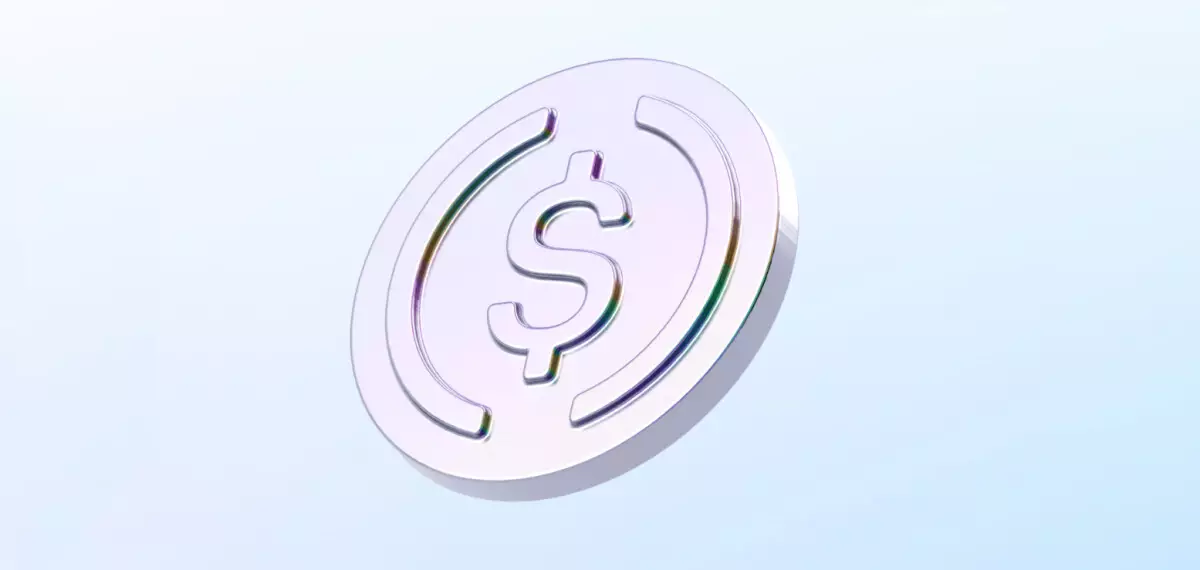Circle, the stablecoin issuer, has recently announced its plans to mint USD Coin (USDC) directly on the Polygon network. This move allows users and developers to access USDC on the Ethereum layer-2 scaling solution, eliminating the need for bridged USDC. As one of the largest cryptocurrencies and the second-largest stablecoin, USDC’s integration with Polygon opens up new possibilities for businesses and developers in the crypto world.
The Benefits of Circle’s Collaboration with Polygon
By partnering with Polygon, Circle provides several advantages for businesses and developers. The integration of USDC on Polygon’s Proof of Stake (PoS) blockchain simplifies the on/off ramps for USDC, reducing costs and eliminating delays associated with third-party bridging. This improved accessibility and efficiency make Polygon an ideal choice for remittances, trading, and decentralized applications (dApps) that rely on stablecoins. Furthermore, Circle’s developer APIs fully support USDC on Polygon, ensuring swift and cost-effective transactions.
The Shift from Bridged USDC to Native USDC
Prior to Circle’s native Polygon-based USDC, businesses were required to use bridged USDC from the Ethereum blockchain. However, with the introduction of the new native USDC on Polygon, users can now redeem it at a 1:1 ratio for United States dollars. This shift provides a more reliable and secure asset for customers. It’s essential to note that Circle was not responsible for issuing bridged USDC, which means it couldn’t be redeemed. To further streamline operations, Circle will discontinue deposits and withdrawals of USDC.e on Polygon through Circle Mint and its APIs by November 10, 2023.
Looking ahead, Circle has additional plans to launch a cross-chain transfer protocol to connect with other blockchain networks via Polygon. This development would enhance interoperability and expand USDC’s reach beyond the Polygon ecosystem. By expanding its network connections, Circle aims to create a seamless experience for users across different blockchain networks.
Polygon PoS is a scalable blockchain that adds value to Ethereum’s decentralized security with faster settlement times and improved cost efficiency. With over 475 dApps and more than 300,000 active wallet addresses, the Polygon PoS ecosystem has become a significant player in the blockchain industry. The integration of USDC on Polygon represents a significant milestone in the evolution of the blockchain industry by combining the security and decentralization of Ethereum with the speed and efficiency of Polygon. This collaboration showcases the industry’s commitment to creating accessible and efficient financial systems for a wider audience.
The announcement of Circle’s plan to mint USDC directly on the Polygon network brings forth new opportunities for businesses and developers in the crypto world. With improved accessibility, reduced costs, and increased efficiency, USDC integration on Polygon represents a significant milestone in the blockchain industry’s evolution. As the cryptocurrency landscape continues to evolve, collaborations like this demonstrate the commitment to create financial systems that are accessible and efficient for everyone.


Leave a Reply